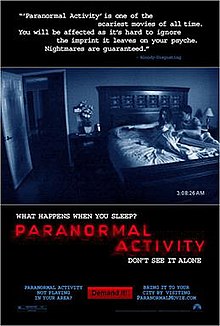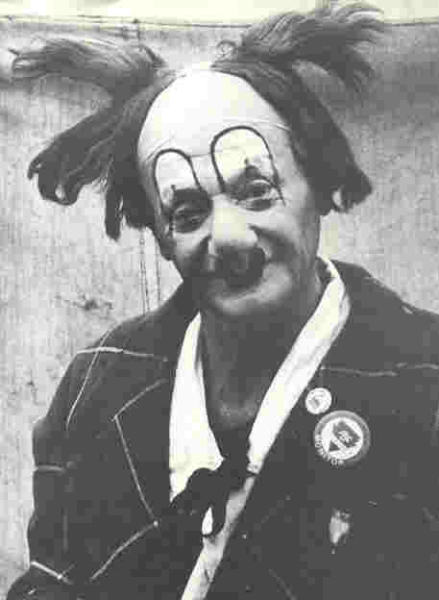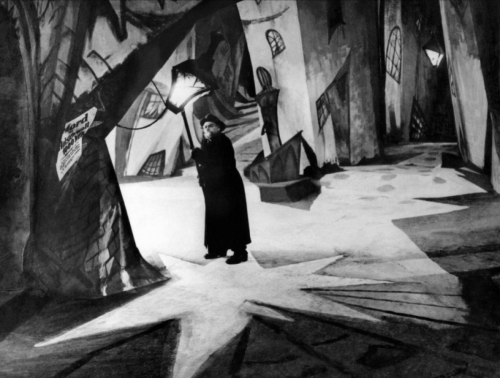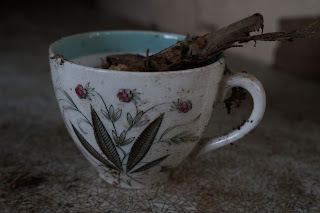Below- first mask is un-nerving from the authoritive smug expression. The mask below that doesn't look real and almost like an animal, creating a very disturbing atmosphere. The next mask is from the film "Saw" which is used as a disguise. The pale skin and eyes create an un-natural atmosphere, making it un-nerving. The next mask is odd, even though the mask is smiling, it seems like it is putting on a friendly disguise when actually they are the opposite underneath. The clown mask is twisting a friendly entertaining smile to an unpleasant smile which is like the previous mask. The next mask is used for protection but seems scary becuase the whole face is covered and makes the person seem tough and dangerous. The Scream mask is famous for having the exadurated features, such as the pale skin, long face and low eyes and mouth. The next mask is very simple, and can be used in a non-horror way- to disguise but not give a personality through the mask, just to disguise someone in a blank way. The next one is from the film "The Mask" which is a comedy, showing that masks can be used in a humerous way as well. The final mask can possibly be the oldest mask in history, made out of stone from 7000 BC.











 *White dress. Night gowns are a common convention for female antagonists in horrors, such as The Ring (2002) and The Grudge (2004). They create fear, due to the fact that they will come at you most commonly at night time when people are asleep and vulnerable.
*White dress. Night gowns are a common convention for female antagonists in horrors, such as The Ring (2002) and The Grudge (2004). They create fear, due to the fact that they will come at you most commonly at night time when people are asleep and vulnerable. 






















